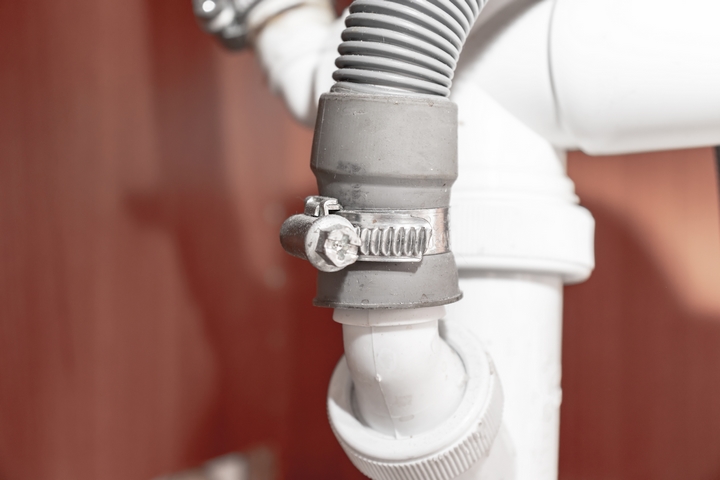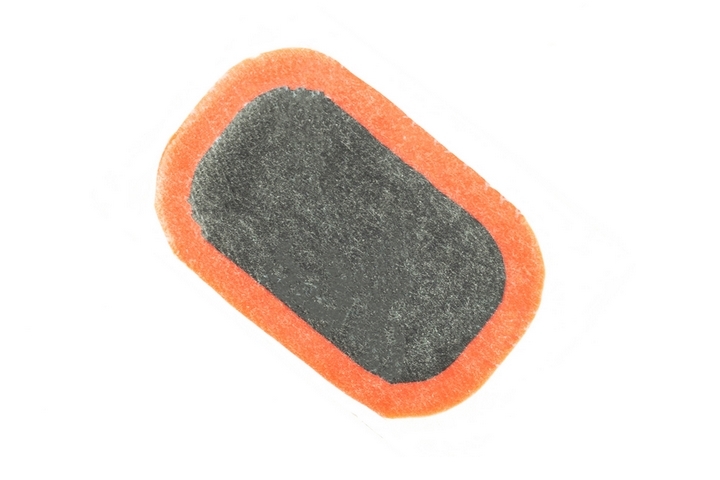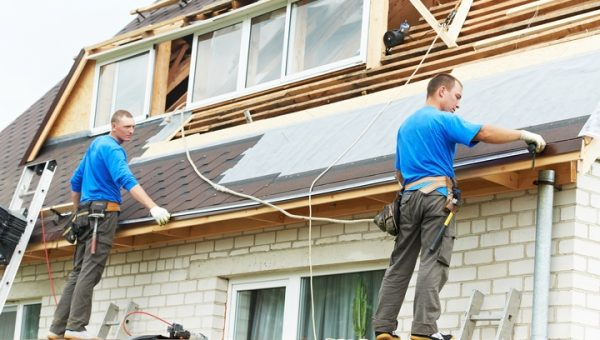When a pipe starts leaking, it’s best to call a plumber. If a pipe leaks for too long, it will end up causing some water damage to your home, and you don’t want that to happen.
Unless you have a lot of experience with fixing leaks and replacing pipes, hiring a plumber is the best way to make sure everything will be done properly. However, if for any reason a plumber can’t visit your home right away, you should be able to at least fix the leak temporarily before it has a chance to cause too much damage.
Read on to find out how to stop a leaking pipe.
Step #1: Turn off your water supply

When you notice one of your pipes is leaking, the first thing you should do is turn off your water supply. If you have no idea where your main water supply valve is, look for it in your basement, as this is probably where it’s located.
Turn off the valve, then turn on the faucets that are connected to the leaky pipe until the water has been completely drained. When this is done, use a cloth to completely dry the area surrounding the leak. It will be easier to fix if the pipe is dry.
Step #2: Fix the leak with waterproof tape

There are different ways to stop a leaking pipe, and it’s up to you to decide which one you want to use. Perhaps one of the easiest ways to temporarily fix a leaky pipe is to use waterproof tape.
You can find waterproof tape at your hardware store. Start wrapping the dry pipe about 2 to 3 inches before the hole or crack, carefully cover it, and stop 2 or 3 inches after it.
When you are done, turn on your water supply and check if the leak has been stopped properly.
Step #3: Fix the leak with epoxy putty

Using plumbing epoxy putty to temporarily fix the leak will be a bit more complex than using waterproof tape. You can find epoxy putty at your hardware store, and while you are there, make sure you get a pair of latex gloves if you don’t already have one. Wear those gloves to keep your hands safe while you handle the putty.
Take a small ball of epoxy putty, and knead it with your fingers until it reaches a consistent grey colour. Apply the putty over the leak and wrap it around the pipe. It should be at least half an inch thick. You should also seal the edges of the putty by wrapping some tape around them.
Plumbing epoxy putty sets quickly, but you should wait at least 5 minutes before turning on your water supply again.
Step #4: Fix the leak with a clamp

If you don’t want to use plumbing epoxy putty, you can buy a pipe clamp kit at the hardware store. Those kits are perfect for temporarily stopping small leaks. Make sure the clamp you buy is the same size as the pipe that needs to be fixed.
Put the rubber gasket included in the kit over the leak, and make sure it covers it completely. Fit the clamp around the rubber gasket, and tighten the bolts that will hold everything in place. Use a wrench to tighten those bolts as much as possible, until the clamp stays in place without moving.
When this is done, you can turn on your water supply. Keep an eye on the leaky pipe, and keep in mind that the pipe clamp kit is only a temporary fix.
Step #5: Make your own rubber patch

If you don’t want to buy a pipe clamp kit at the hardware store, maybe you already have what it takes at home to make your own kit.
If you have an old inner tube, you could simply cut a piece from it to use it as a rubber patch. Make sure it will be long and large enough to completely patch the leak. If you don’t have an old inner tube, check if you have some heavy duty rubber that you could use.
When you have your rubber patch, you can use either a hose clamp or a C-clamp to secure it around the leaky pipe. Just follow the same instructions than if you were using a kit from the hardware store.
Step #6: Call a professional plumber

Keep in mind that the different solutions presented here are only temporary fixes. When a pipe is old enough to spring a leak, you can expect it to start leaking in other places as well.
To fix the problem once and for all, you should call a plumber and ask them to replace the leaking pipe. They should also be able to figure out if other pipes might need to be replaced before they start leaking as well.




